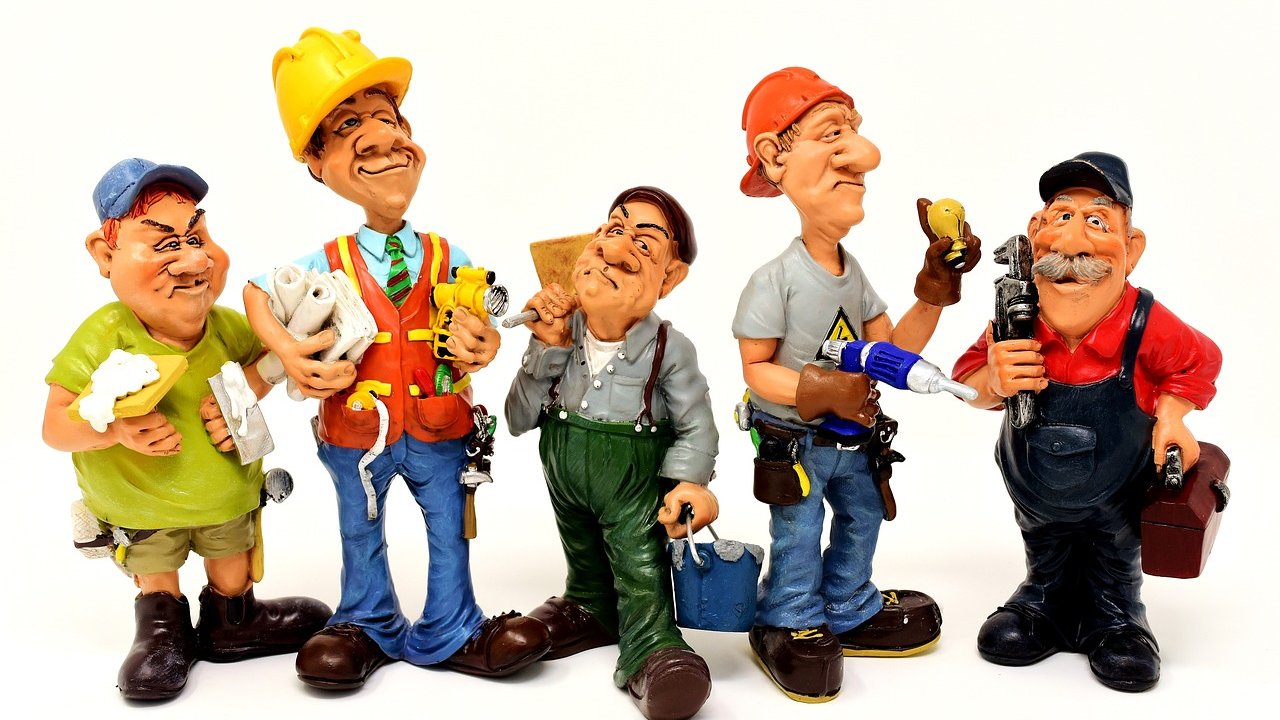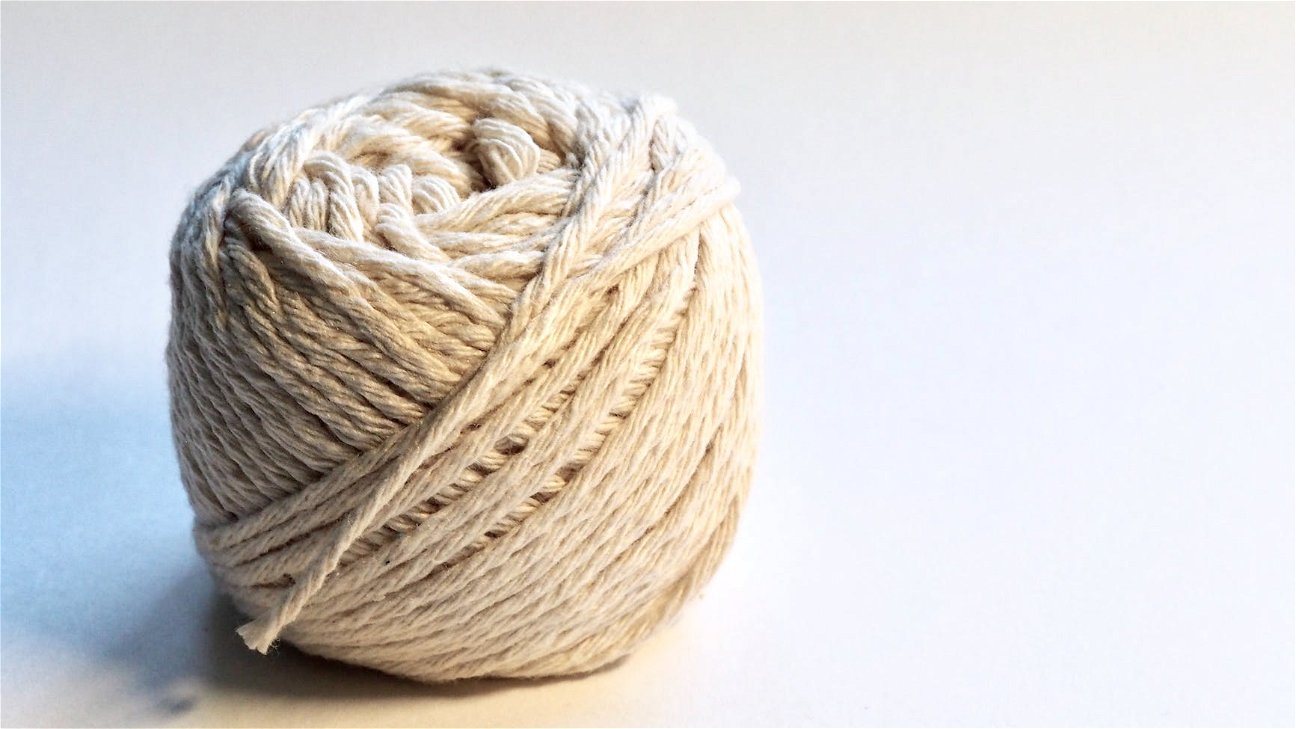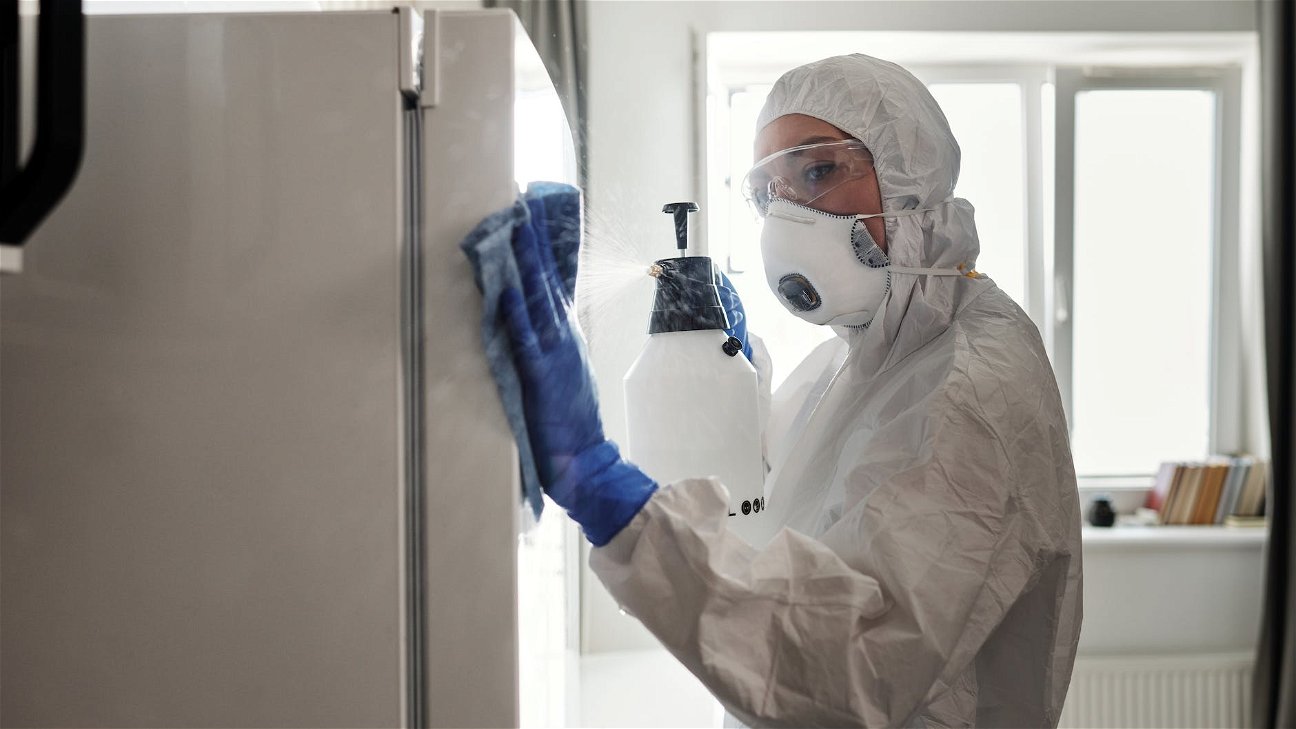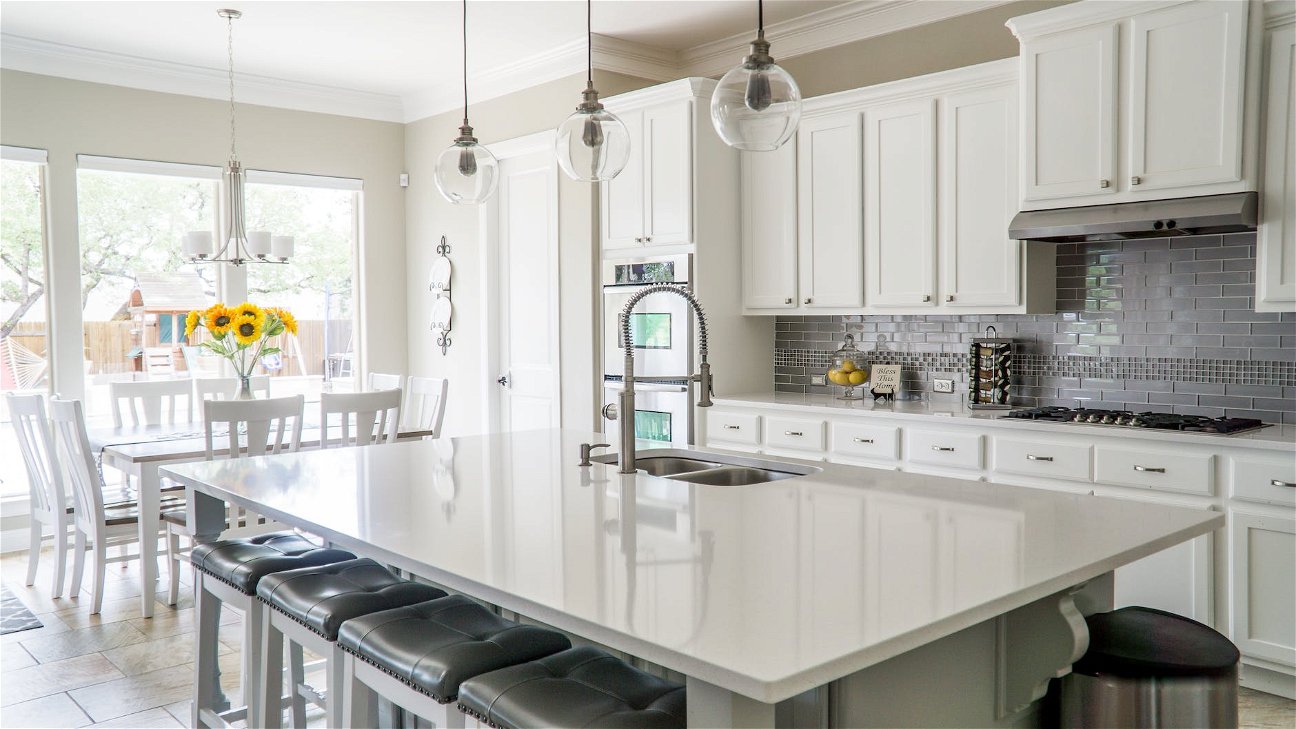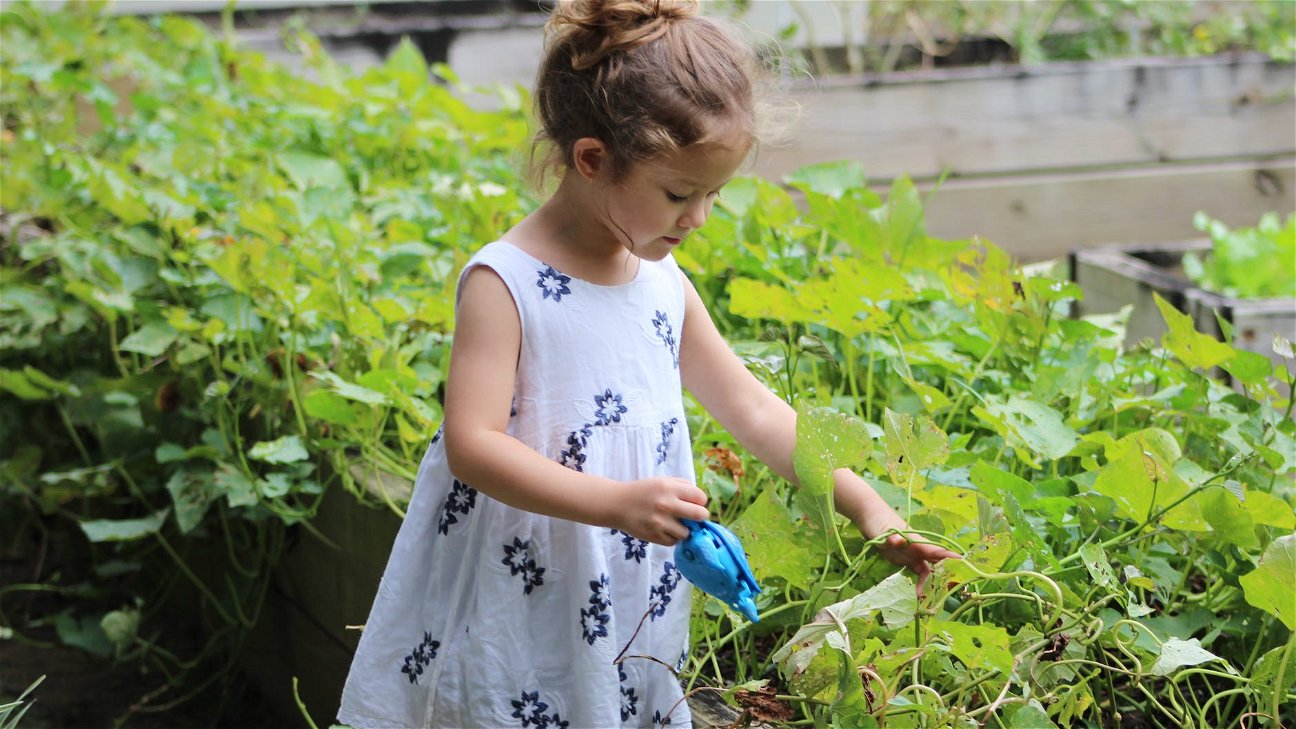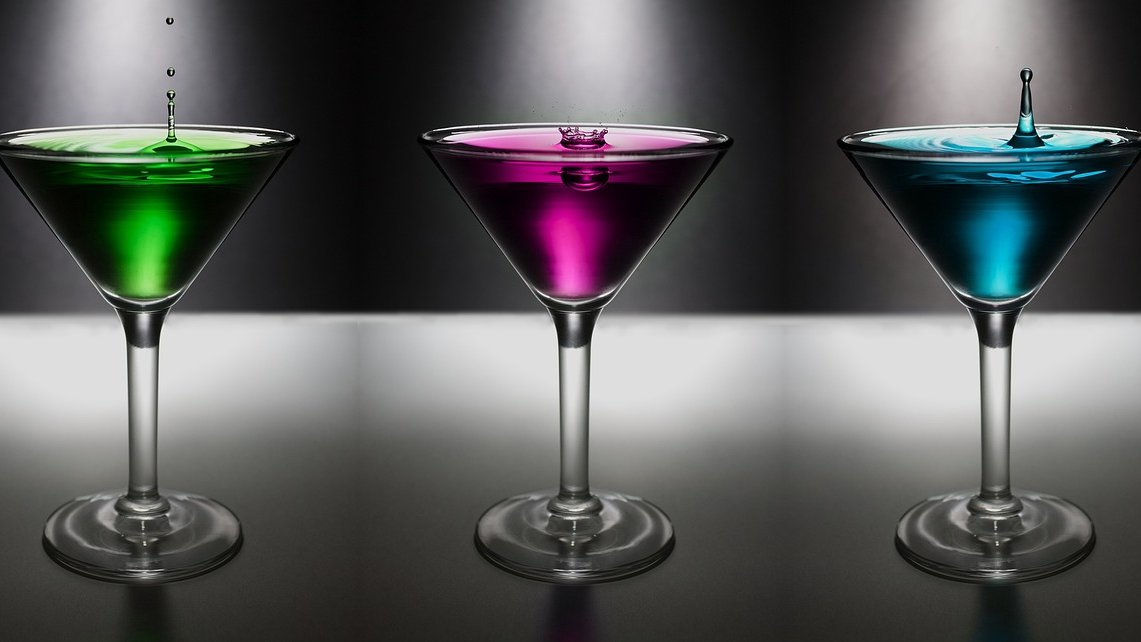
Vintage appliances have a charm of their own. They remind us of the past and bring a nostalgic touch to our homes. But as they age, they may need some restoration to keep their charm intact. So, let's dive into the best DIY fixes for vintage appliance restoration.
Understanding vintage appliances
The first step in restoring vintage appliances is understanding them. It's essential to have a good knowledge of the appliance you are going to restore. Read up on the appliance's history, its components, and how it works. A well-informed approach can make the restoration process smoother and more successful.
Gathering the necessary tools
Before you start restoring, make sure you have all the necessary tools. Some of the common tools required for the restoration of vintage appliances include:
- Screwdrivers
- Wrenches
- Pliers
- Multimeter
- Soldering iron
- Wire cutters and strippers
- Sandpaper
- Paint
Safety first
Working with vintage appliances can be dangerous if not handled properly. Always unplug the appliance before you start working on it. Use safety gloves and goggles to protect yourself from potential hazards.
Common issues with vintage appliances and their fixes
Here are some of the common issues you might face with vintage appliances and how you can fix them:
-
Worn-out cords: Old appliances often have worn out or damaged cords. This can be fixed by carefully removing the old cord and replacing it with a new one. Make sure the new cord is of the same type and rating as the old one.
-
Faulty switches: Faulty switches can be a common issue in vintage appliances. If the switch is not working, try replacing it with a new one. If the switch is not available, you can try to repair it by cleaning the contacts or bending the metal parts back into shape.
-
Rusty parts: Rust is a common problem in vintage appliances. To fix this, remove the rust with sandpaper and then repaint the part with rust-resistant paint.
-
Broken parts: Some parts of the appliance might be broken or missing. Try to find replacement parts online or at local antique stores. If you can't find the exact part, you can try fabricating it yourself or get it custom made.
-
Poor performance: If the appliance is not performing as it should, it might need some tuning. Refer to the appliance's manual or seek advice from experts to tune it properly.
Remember, vintage appliance restoration is a labor of love. It requires patience, skills, and a lot of care. But the end result is definitely worth the effort. Your vintage appliance will not only look good but also work like new.
Professional help
While these DIY fixes can solve most of the issues, sometimes you might need professional help. If you are not confident about doing the restoration yourself or the appliance is too valuable to risk, it's better to hire a professional. They have the necessary skills and tools to restore your vintage appliances to their former glory.
Vintage appliances are not just pieces of machinery; they are a part of our history and culture. Restoring them not only preserves their charm and value but also helps in reducing waste and promoting sustainability.
